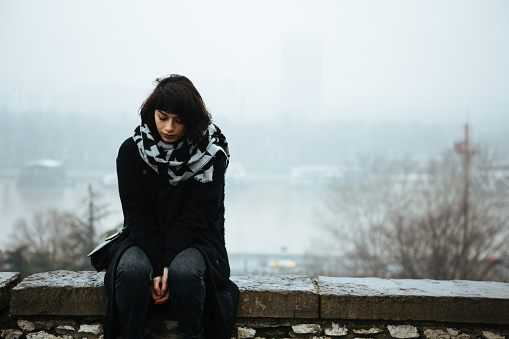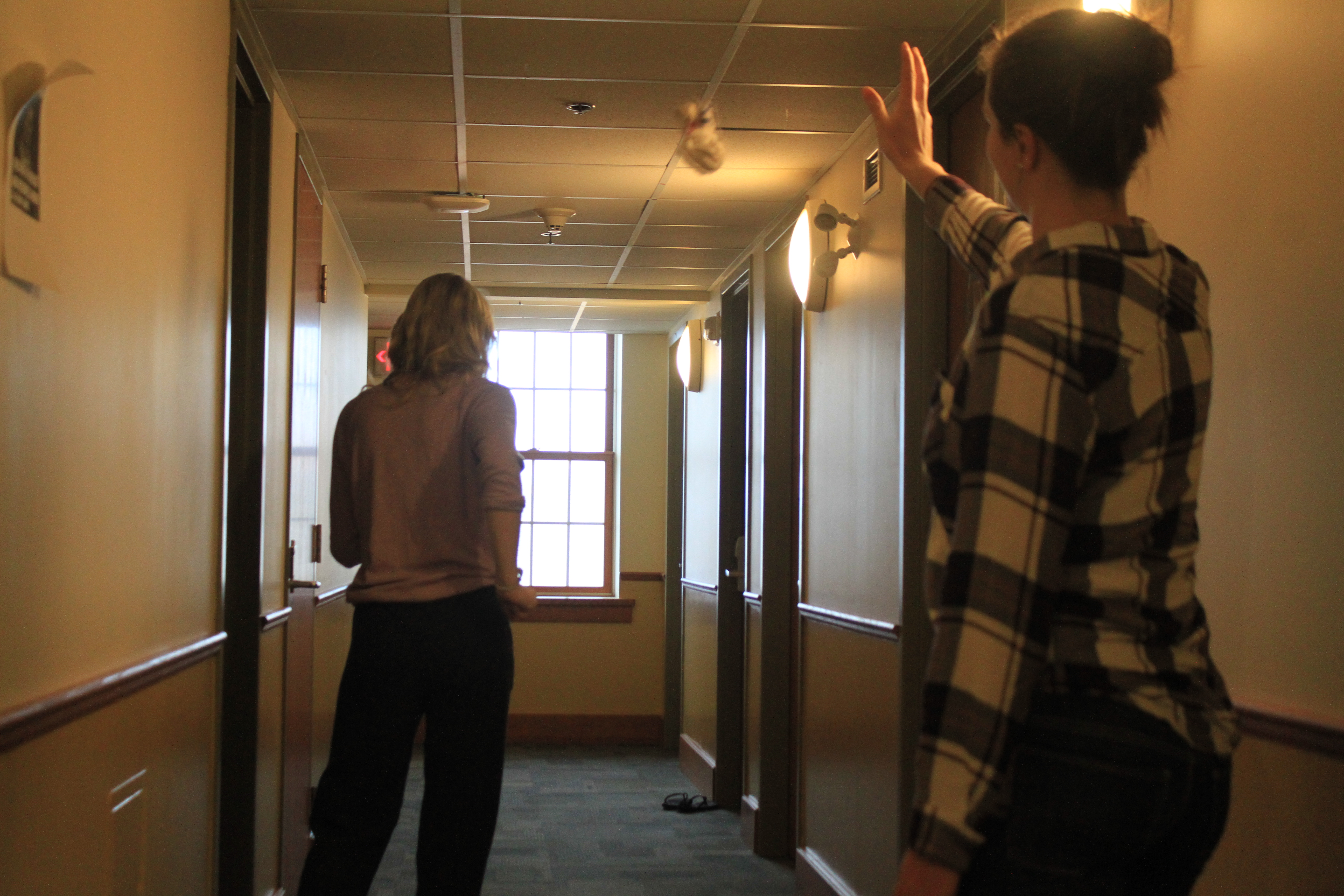Do you ever feel like your mood coincides with the changing of the seasons? Or perhaps you’ve noticed you feel more sad or depressed during the winter months? This likely isn’t just your imagination; there is a scientific reason for it, and a name for this feeling – Seasonal Affective Disorder, or SAD. If you have a case of the ‘SADs,’ you are probably referring to feeling more depressed as winter sets in, the weather turns colder, and daylight grows scarcer.
SAD directly correlates to the changing seasons. As fall turns to winter, we often experience a shift in mood where we begin to feel more downcast. You may feel more lethargic and less energetic than usual, and you might feel moodier and sluggish more often. This condition is often also thought of as the “winter blues,” and there is a reason behind the feelings associated with it, beyond less-than-ideal weather.
Scientifically, the exact causes of SAD are not known, but studies show that it likely has to do with reduced serotonin levels experienced during winter’s lack of daylight. In winter when the days are shorter and our bodies are exposed to less natural light, our biological clocks experience change, and this interruption can cause feelings of depression and SAD.
The good news is that most cases of SAD are resolved as winter turns to spring and the days grow longer. Until that point, it is important to continue exercising (even lightly), and to keep a consistent and productive schedule to combat those winter blues. Enjoy time with friends and family, and get outside for the natural light we still get during the day in the winter. And remember, now that it is March, it is uphill from here!
Sources:
“Seasonal Affective Disorder.” National Institute of Mental Health. https://www.nimh.nih.gov/health/publications/seasonal-affective-disorder#part_6692



